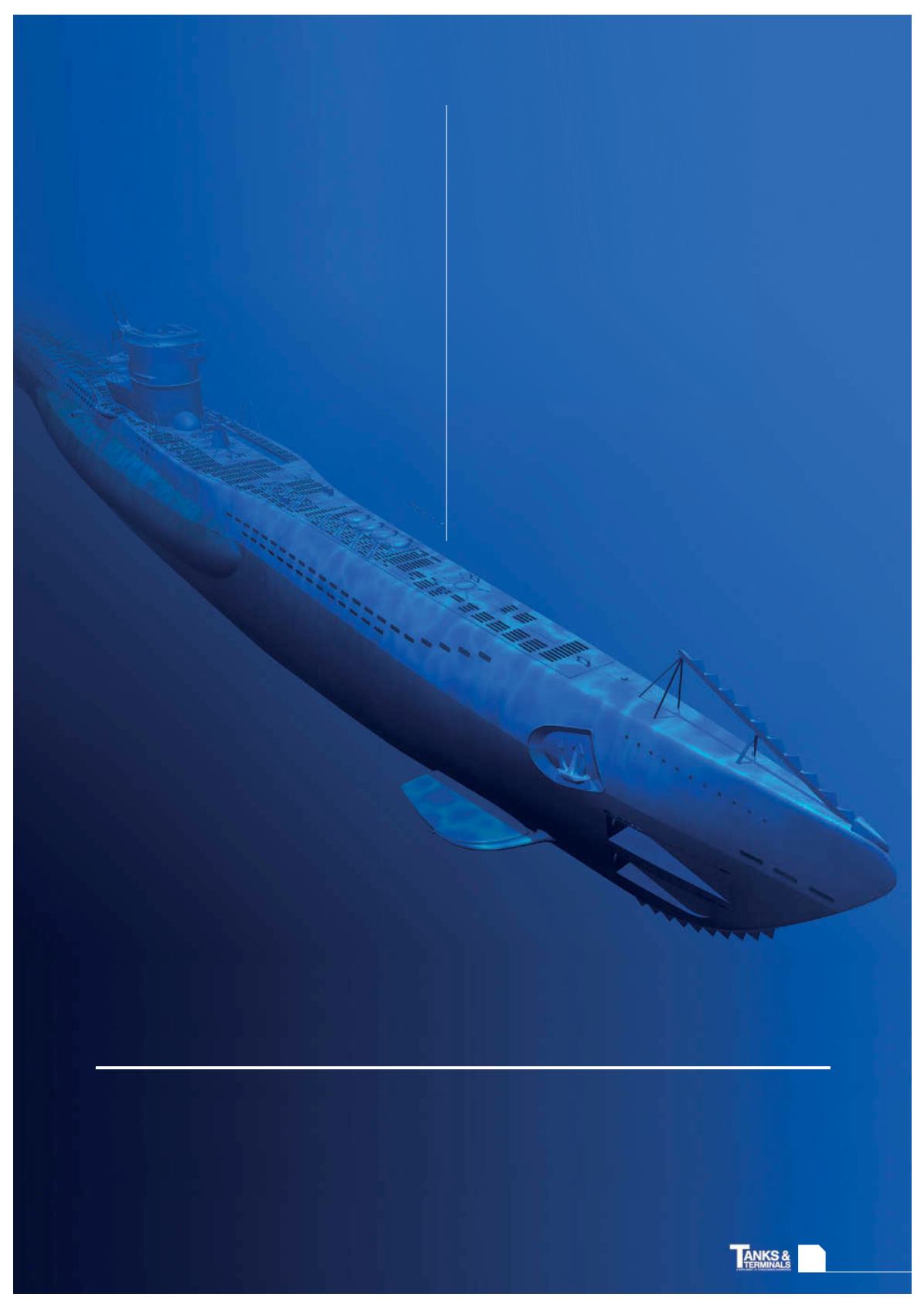
75
HYDROCARBON
ENGINEERING
UNDER
PRESSURE
A
s many offshore oil and gas wells/fields move closer
to the end of their anticipated lives, new and modern
techniques and processes are being employed to
extract more hydrocarbon assets from these fields
than was first anticipated.
Once the initial reserves have been exhausted, the oil and
gas companies often have to drill deeper into the seabed in
order to find new or further reserves. Ultimately, drilling deeper
usually means that the oil is hotter and under higher pressure,
placing a greater strain on all of the technologies associated
with the extraction and processing of the hydrocarbons from
the seabed. The higher temperatures and pressures also affect
the internal linings, which are used to prevent corrosion of
piping, vessels, tanks and processing equipment.
Upstream: the new frontier
The current trends tell us the temperature and pressure exposures
during oil extraction are only increasing. Resistance to
hydrocarbon temperatures of 150˚C and above and/or pressures
up to 2000 psi are now frequently mandated as a requirement for
a coating or lining to be used in these applications. Immersion in
crude oil and produced water at these temperatures can be
required for some tanks or vessels, and immersion in sea water for
external coatings for subsea use, have also been discussed. This
Lee Spoor, Sherwin-Williams
Protective & Marine Coatings, UK,
explains how coatings technology
is assisting the operation of oil and
gas storage tanks and vessels in
challenging environments.


